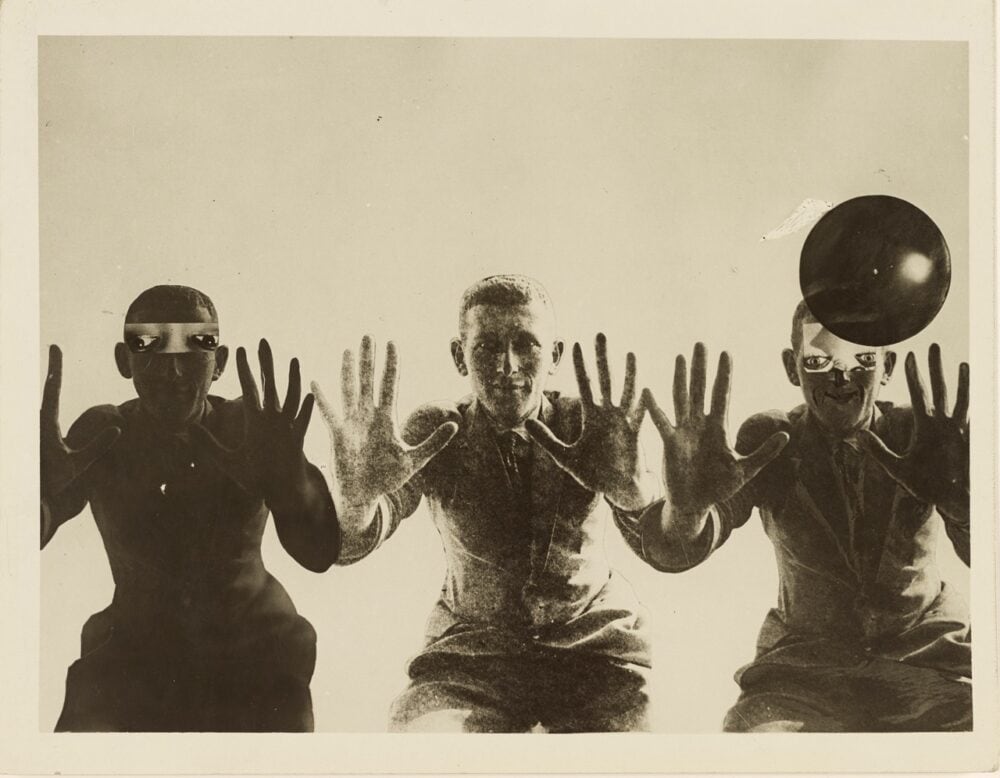Inquire
137 Reserve Club
Make an offer
László Moholy-Nagy
Estate Portfolio 1
László Moholy-Nagy

László Moholy-Nagy. The Transformation, 1925
Hungarian artist László Moholy-Nagy was a visionary artist whose radical experiments with photography entirely re-imagined the possibilities for the medium. Working in the early 20th century before photography was considered a form of high art, Moholy-Nagy actively sought to break down boundaries and find new languages of photographic discourse. In doing so, he left behind an oeuvre of visual ideas that have provided artistic license to a century’s worth of photographers to experiment boldly beyond the conventional definitions of what photography is expected to be.
Moholy-Nagy was a central figure within the European Avant-Garde, and worked not just with photography, but in painting, commercial design, sculpture, filmmaking, theater design, and as an influential educator who brought the philosophies of Bauhaus to America. Underpinning all these practices was the artists’ commitment to the use of new technologies and philosophies of production that embraced speculative representations of the modern era. Keenly aware of how the industrial revolution in the late 19th and early 20th centuries transformed global economics and philosophies, Moholy-Nagy’s work followed suit equally in its reinvention of the conventional and the old fashion in pursuit of aesthetics that were utterly new.
The collection of photographic work the artist produced, largely throughout the 1920s, exhibits the artist’s breadth of experiments with photo-collage, photograms, solarization, as well as making more “traditional” photographs albeit through utilization of extreme perspectives that emphasize how the camera both extends and defies natural human vision. It is a relatively small body of photographic work within his larger practice, yet it represents a divergent path in the history of photography which, to this day, has become widely adopted in its direction toward a more personal, self-expressive, and integral form of expression. Moholy-Nagy’s work signaled the embrace of subjectivity in a medium often otherwise known for its coldness, impartiality, and objective gaze.
Selected Works
László Moholy-Nagy
Die Transformierung
4 ETH
László Moholy-Nagy
Gangplank from Above
4 ETH
László Moholy-Nagy
Nude
4 ETH
László Moholy-Nagy
Photogram
8 ETH
László Moholy-Nagy
Blick vom Berliner Funkturm im Winter (View from the Berlin Radio Tower in Winter)
5 ETH
Full Collection
Artist
László Moholy-Nagy
1895-1946 (Hungary)
-
Website_

László Moholy-Nagy was a Hungarian painter and photographer as well as a professor in the Bauhaus school.
He was highly influenced by constructivism and a strong advocate of the integration of technology and industry into the arts. Art critic Peter Schjeldahl called him “relentlessly experimental” because of his pioneering work in painting, drawing, photography, collage, sculpture, film, theater, and writing.
Moholy-Nagy worked collaboratively with other artists, including his first wife Lucia Moholy, Walter Gropius, Marcel Breuer, and Herbert Bayer. His largest accomplishment may be the School of Design in Chicago, which survives today as part of the Illinois Institute of Technology, which art historian Elizabeth Siegel called “his overarching work of art.”
Moholy-Nagy wrote books and articles advocating a utopian type of high modernism.
Press + Articles
-
01
The Future Looked Bright
The New Yorker (article)
-
02
‘Moholy-Nagy: Future Present,’ Vision and Precision in a Fluid Braid
The New York Times (article)
- 03




